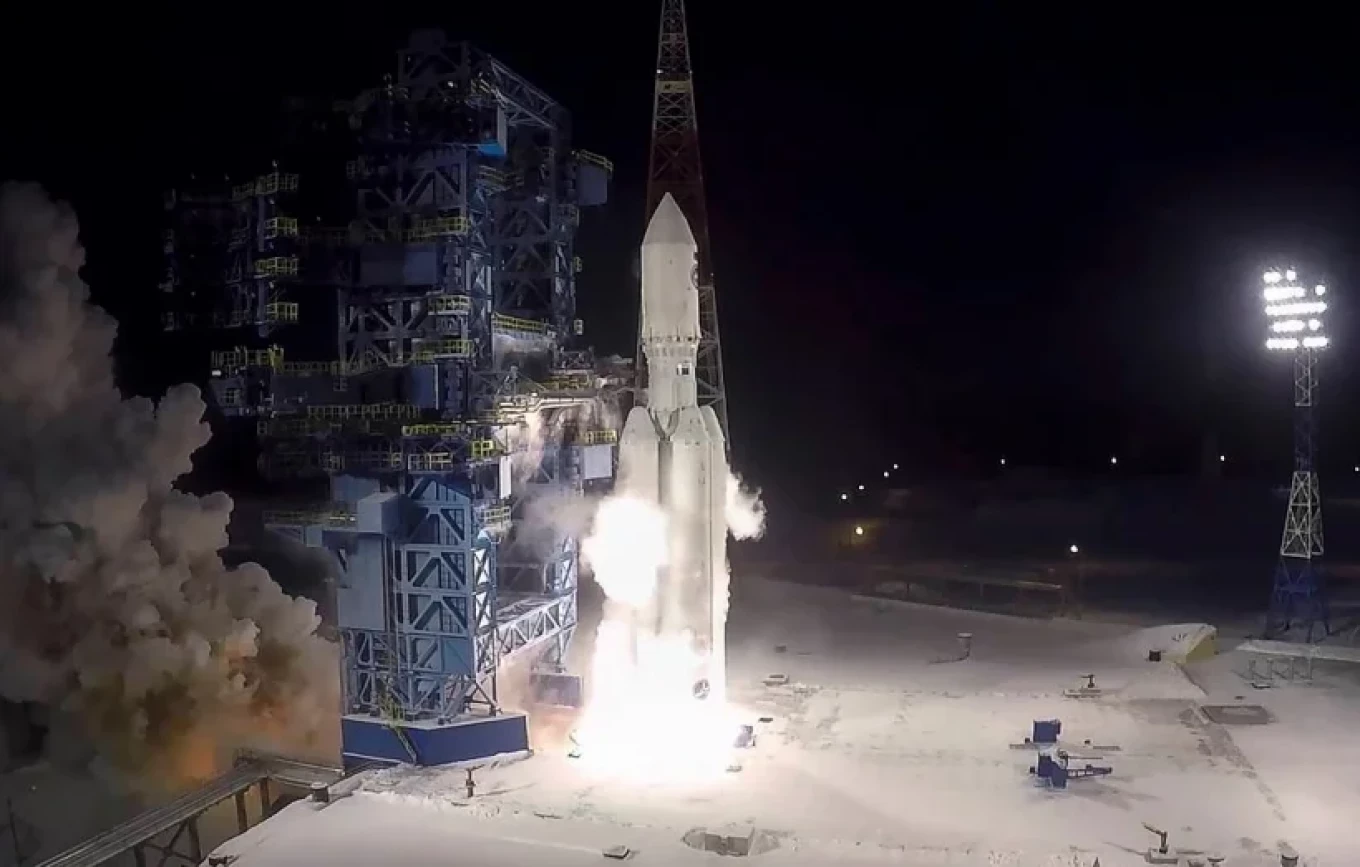
A top-secret missile launched from the Plesetsk cosmodrome in Arkhangelsk region earlier this week was a weapon capable of destroying satellites in low orbit.
Indications of a launch from Plesetsk came as NOTAM warnings were issued for three areas in the Russian Arctic in a straight line north from the cosmodrome. The areas were coincident with the different stages of a space missile’s fall-down; east of Cape Kanin, over Novaya Zemlya and the last over Severnaya Zemlya.
The Pentagon sees the missile test as a rapidly advancing threat to its own space systems.
“Russia publicly claims it is working to prevent the transformation of outer space into a battlefield, yet at the same time Moscow continues to weaponize space by developing and fielding on-orbit and ground-based capabilities that seek to exploit U.S. reliance on space-based systems,” said Army General James Dickinson, a commander of the U.S. Space Command.
According to the Space Command, Russia is developing several types of anti-satellite weapons. This week’s test is a missile launched from earth that can directly hit an enemy satellite and take it out. A second weapon under development is an on-orbit kinetic weapon. Based in space, such weapons could take out targets from orbit, in orbit.
The U.S. Space Command also pointed to the on-ground combat laser systems currently under development by the Russian Space Forces.
“Russia has made space a warfighting domain by testing space-based and ground-based weapons intended to target and destroy satellites,” according to the statement by General Dickinson.
According to him, Russia demonstrated its on-orbit kinetic weapon system in 2017 and again in 2020. No details were attached to the statement.
In April this year, The Barents Observer reported about this year’s first anti-satellite missile test from Plesetsk. That missile made a spectacular trace above two remote villages in the republic of Komi, north of the cosmodrome in northern Russia.